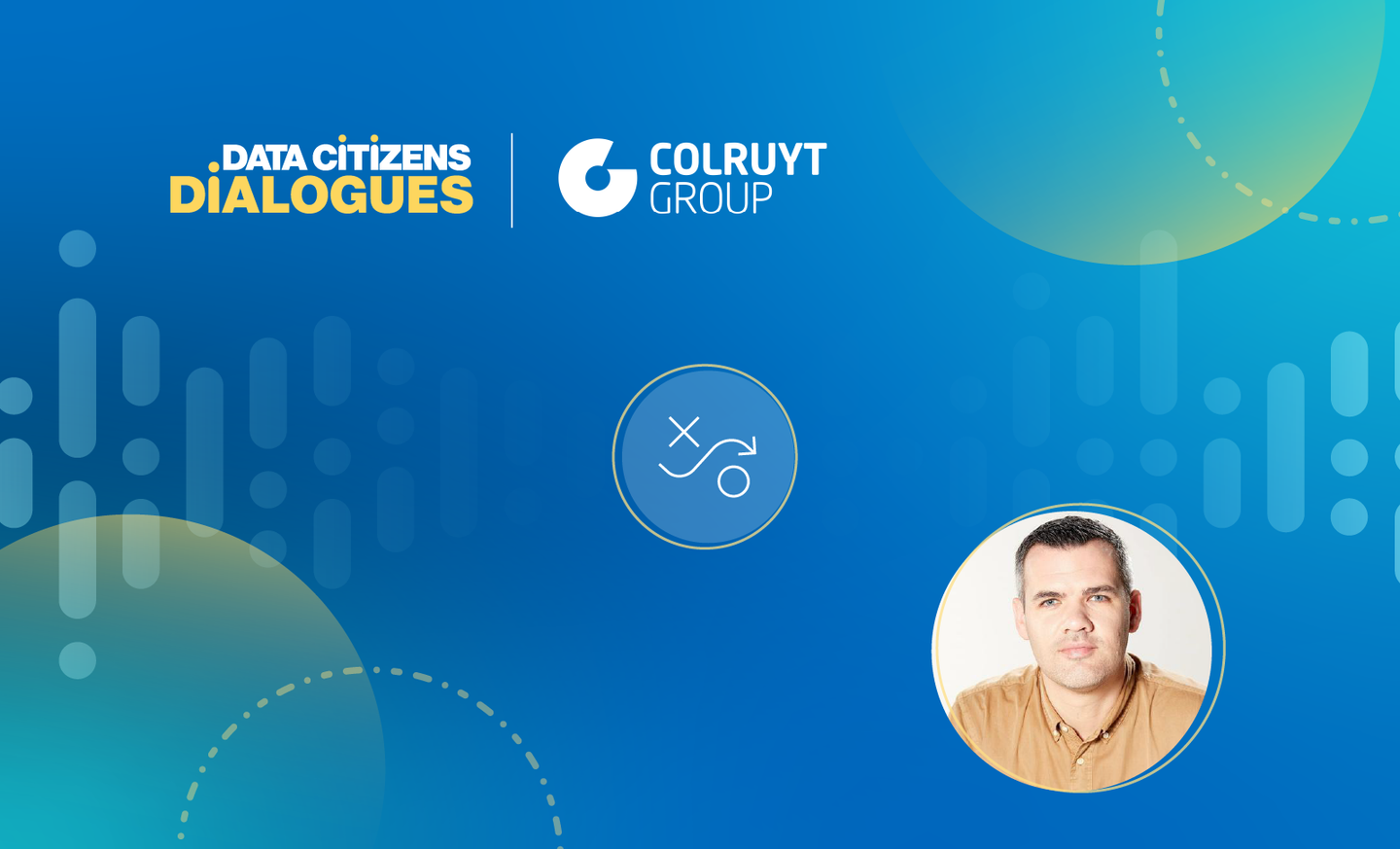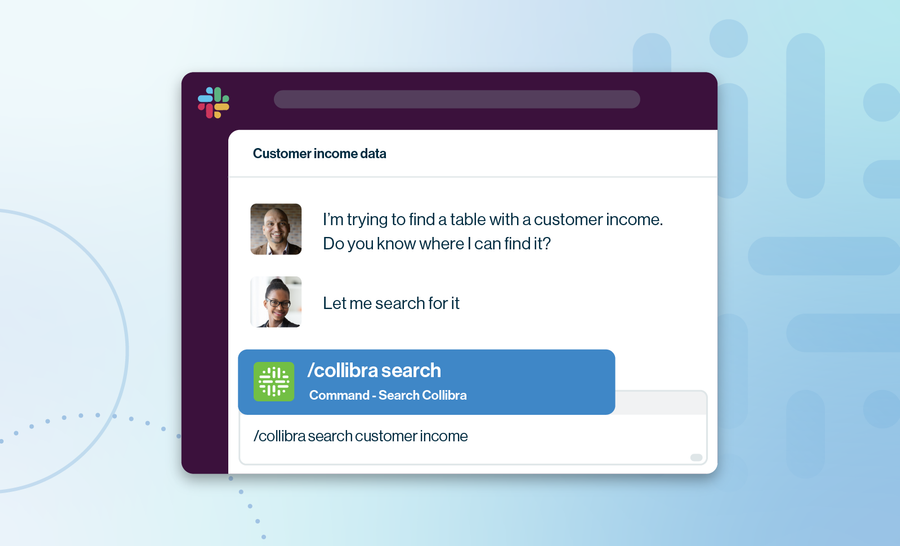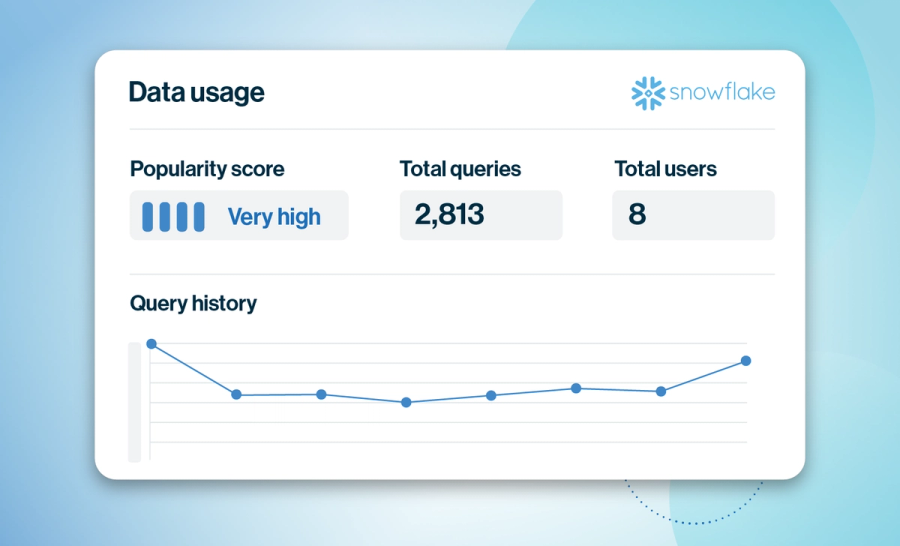The ultimate guide to building a data-driven organization: 5 pillars for success

Ruben Missinne of Colruyt Group joined us on The Data Citizens Dialogues podcast. Here are the main takeaways.
***
How many times have you felt overwhelmed by the sheer volume of data your organization collects? It's a common feeling. Mountains of data, but a scarcity of actionable insights.
Building a data-driven organization isn't about amassing data; it's about democratizing access to information and fostering a collaborative environment where data insights drive decisions. It requires a shift in culture and the implementation of strategies that empower everyone to become data-literate.
On a recent episode of Data Citizens Dialogues, Ruben Missinne, Data Analytics Officer at Colruyt Group, shared a critical observation: "It shouldn't be right that the 150 people I have in my division are the ones with all the knowledge around data analytics."
He highlights a common pitfall. Centralizing data expertise creates a bottleneck, hindering the organization's ability to become truly data-driven. Ruben’s experience at Colruyt Group, a leading retail organization in Belgium, underscores the importance of decentralizing data knowledge. He advocates for empowering individuals across different departments, fostering a data-driven culture that permeates the entire organization.
This guide offers a framework for building a data-driven organization. The five pillars address key aspects such as fostering data literacy, optimizing data access, and ultimately turning data into a source of business value.
Pillar 1: Aligning data strategy with business objectives
A robust data strategy is not built in a vacuum. It must be deeply intertwined with the overall business objectives of the organization. Without this crucial alignment, data initiatives risk becoming isolated projects, failing to deliver tangible value and ultimately losing support from key stakeholders.
As Ruben explains, "We have a strategy, and it's my job to see that the strategy is realized, but I’m also a spider in the web. We want to decentralize data and analytics…because there’s more and more, it should be a part of doing business." This emphasizes the importance of weaving data into the fabric of the business, connecting disparate teams and initiatives through a shared data-driven vision.
So how do you ensure this alignment? Start by clearly defining the organization's strategic goals. What are you trying to achieve? Increased revenue? Improved customer satisfaction? Greater operational efficiency? Once these objectives are established, identify the specific data insights that can help you track progress and measure success.
Ruben emphasizes the importance of using data to not only understand the current state of the business but also to predict future trends and opportunities. He states, "We’re looking into local forecasting…determine what the sales we will do the day after and the day after…" This forward-looking approach enables organizations to proactively adapt to changing market conditions and stay ahead of the competition.
By aligning data strategy with business objectives, organizations can transform data from a passive resource into a powerful driver of growth and innovation. This alignment ensures that every data initiative contributes to the bigger picture, maximizing the return on investment and creating a truly data-driven culture.
Pillar 2: Cultivating data literacy and craftsmanship
A data-driven organization empowers individuals to use data effectively. This requires a deliberate investment in cultivating data literacy and craftsmanship. It's not enough to have a select few data experts; everyone needs a basic understanding of data and how it can be used to inform decisions in their respective roles.
Ruben highlights the importance of this, stating, “You need to have that knowledge where you take decisions, where you need dashboards, where you need your insights." This democratization of data knowledge is key to unlocking the full potential of a data-driven organization.
Building data literacy involves providing training and resources that cater to different levels of expertise. For some, this may involve introductory courses on data analysis and interpretation. For others, it might entail more specialized training in areas like data visualization, statistical modeling, or data storytelling.
But data literacy goes beyond just technical skills. It also encompasses a mindset — a curiosity about data and a willingness to use it to explore questions and challenge assumptions. This is what Ruben refers to as "craftsmanship." He explains, "Then it's where it belongs. Then the craftsmanship is at the decentralized teams."
Colruyt Group fosters this craftsmanship through various initiatives, including hackathons that bring together data scientists and business stakeholders to solve real-world problems. Ruben notes, "If you can do that on day one, then your business stakeholder gets much more aware of what the possibilities of data and analytics are." These hands-on experiences are invaluable for building practical data skills and fostering a data-driven culture.
Furthermore, data literacy needs ongoing nurturing. Regular workshops, lunch-and-learns, and access to online resources can help keep data skills sharp and reinforce the importance of data-driven decision-making. By investing in data literacy and craftsmanship, organizations can create a workforce that is equipped to leverage the power of data at every level, driving better decisions and, ultimately, better business outcomes.
Pillar 3: Democratizing data access with a data marketplace
Data democratization involves breaking down the silos that often restrict access to data and empowering individuals across the organization to find and utilize the information they need when they need it. This not only fosters a culture of data-driven decision-making but also unlocks new opportunities for innovation and collaboration.
Ruben champions this approach at Colruyt Group, describing their approach as creating a "marketplace with all small market stands who provide the data." This evocative analogy captures the essence of data democratization: creating a central hub where various teams and departments can "set up shop" and offer their data insights to the broader organization.
This “marketplace” concept facilitates self-service access to data, allowing individuals to explore and analyze data without needing to go through gatekeepers or lengthy approval processes. This agility is crucial since timely insights can be the difference between seizing an opportunity and missing out.
Building a data marketplace requires a robust technological foundation. This may involve implementing a data catalog that allows users to easily search and discover available data assets, as well as tools for data visualization and analysis that empower users to explore data independently.
Ruben emphasizes the importance of user-friendly tools, stating, "My job is to make those data sets available, create the environment…and make sure that the customers come by, look at the data, get inspired, get ideas on use cases.” This focus on user experience is crucial for driving adoption and ensuring that the data marketplace becomes a valuable resource for the entire organization.
However, data democratization also requires a shift in mindset. Organizations need to foster a culture of data sharing and collaboration, encouraging teams to contribute their data insights to the marketplace and to actively seek out data from other sources. By democratizing data access, organizations can empower individuals at all levels to leverage data to inform their decisions, driving better outcomes and fostering a truly data-driven culture.
Pillar 4: Monetizing your data assets
While often overlooked, monetizing data assets can be a significant driver of value for data-driven organizations. This involves identifying data that holds potential value for external parties and developing strategies to leverage that data to generate revenue or other business benefits. This is not about selling customer data indiscriminately; it's about finding creative and ethical ways to use data to create new revenue streams and strengthen partnerships.
Ruben touches on this concept, mentioning Colruyt Group's "information trading office where we look at what is the data we have available? And what is the data, for example, suppliers are interested in to buy from us.” Data can be used to create mutually beneficial partnerships with suppliers, improving supply chain efficiency and creating new value for both parties.
Data monetization can take various forms. It might involve licensing data to third-party companies, developing data-driven products or services, or using data to improve pricing strategies and optimize marketing campaigns. The key is to identify data assets that hold value for others and to develop a clear strategy for how that data can be packaged and offered in a way that respects privacy and maintains trust. It requires a shift in perspective, viewing data not just as an operational resource, but as a valuable asset with the potential to generate significant business value.
Ruben cautions against focusing solely on internal uses of data and emphasizes the importance of looking outward and exploring how data can be used to create value beyond the walls of the organization. By embracing data monetization, businesses can unlock new revenue streams, strengthen partnerships, and gain a competitive edge in the market.
Pillar 5: Addressing ethical considerations and building trust
With growing public concern about data misuse, addressing ethical considerations and building trust is important for any data-driven organization. It's not enough to simply collect and use data; organizations must do so responsibly, transparently and with the utmost respect for individual privacy. Trust is the currency of the digital age, and organizations that fail to prioritize ethical data practices risk damaging their reputation and losing the confidence of their customers and partners.
Ruben emphasizes the importance of trust, stating, "In Belgium, [Colruyt Group has] some reputation…we’re one of the most trusted brands…we like to keep it that way." This commitment to trust informs their approach to data governance and AI ethics. He highlights the need for proactive measures, explaining that they have "data security and privacy boards within the organization that look at the use cases we have in AI."
Building trust requires transparency. Organizations should be open about how they collect use, and share data. This includes providing clear and accessible privacy policies, obtaining informed consent for data collection, and giving individuals control over their data.
Furthermore, organizations need to establish clear ethical guidelines for the use of data, particularly in areas like AI and machine learning. Ruben notes, "Every project team that is using…Gen AI has a checklist. If there are risks, then we have an AI advisory team that checks these kinds of use cases.” This proactive approach to risk assessment and mitigation is essential for ensuring responsible AI development and deployment.
Data governance plays a crucial role in ensuring ethical data practices. By implementing robust data governance frameworks, organizations can establish clear processes and controls for data access, use and sharing, minimizing the risk of data breaches and misuse. This includes defining roles and responsibilities for data governance, implementing data quality controls and establishing mechanisms for monitoring and enforcement.
Ultimately, building trust is an ongoing process. It requires a continuous commitment to ethical data practices, transparency and accountability. By prioritizing ethics and building trust, organizations can not only mitigate risks but also unlock the full potential of their data, creating a sustainable competitive advantage and fostering stronger relationships with their customers and partners.
Ready to become data-driven?
Building a truly data-driven organization demands a holistic transformation, not just a checklist of technical implementations. It's about weaving data into the very fabric of your business, empowering every team and individual to leverage its power.
By aligning your data strategy with business objectives, cultivating data literacy, democratizing data access, monetizing data assets, and prioritizing ethical considerations, you can unlock the transformative potential of data
***
This article draws insights from the Colruyt Group episode of The Data Citizens® Dialogues, where Collibra engages with customers, partners and industry leaders to explore key topics like AI governance, data sharing and ensuring data reliability.
Related articles

Data GovernanceJuly 28, 2025
Your new shortcut to trusted data: Collibra’s two-way Slack Integration

Data GovernanceAugust 12, 2025
Beyond buzzwords: Unpacking Data Confidence as AI’s foundational truth

Data GovernanceJuly 29, 2025
The end of governing "everything": A smarter approach with Data Usage

Data GovernanceAugust 8, 2025
Your data is lying to you: Why quality is the real AI bottleneck
Keep up with the latest from Collibra
I would like to get updates about the latest Collibra content, events and more.
Thanks for signing up
You'll begin receiving educational materials and invitations to network with our community soon.
